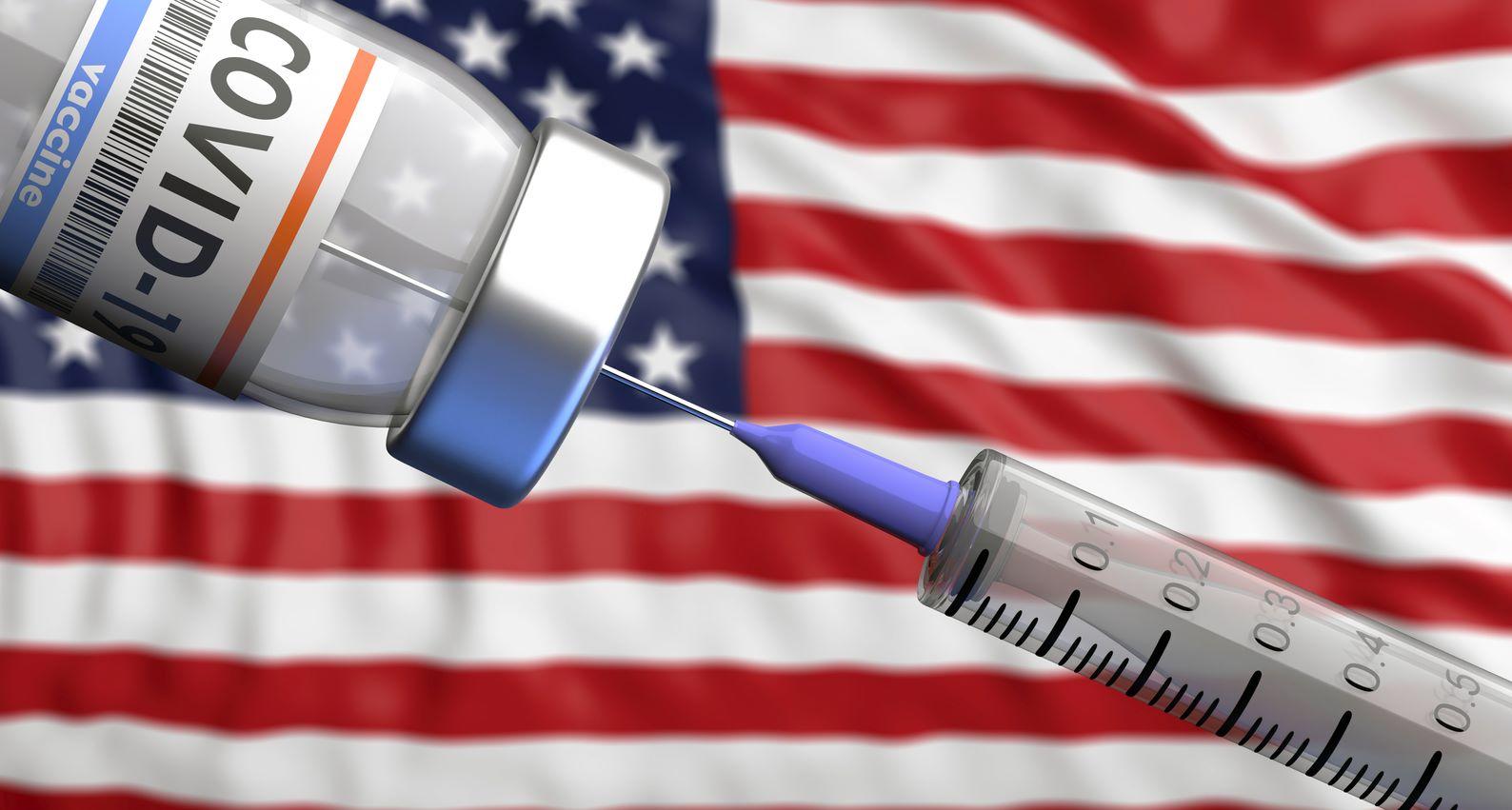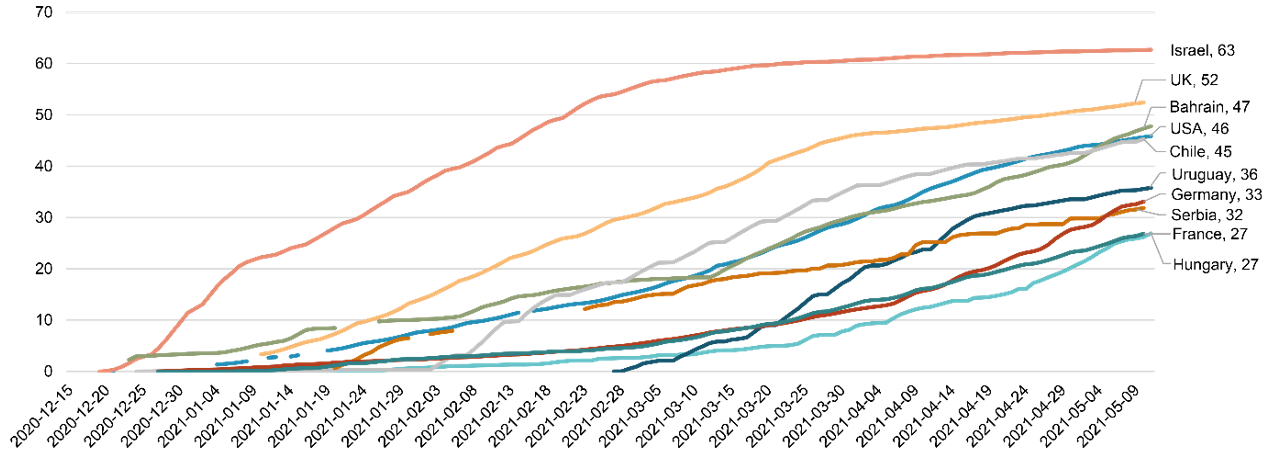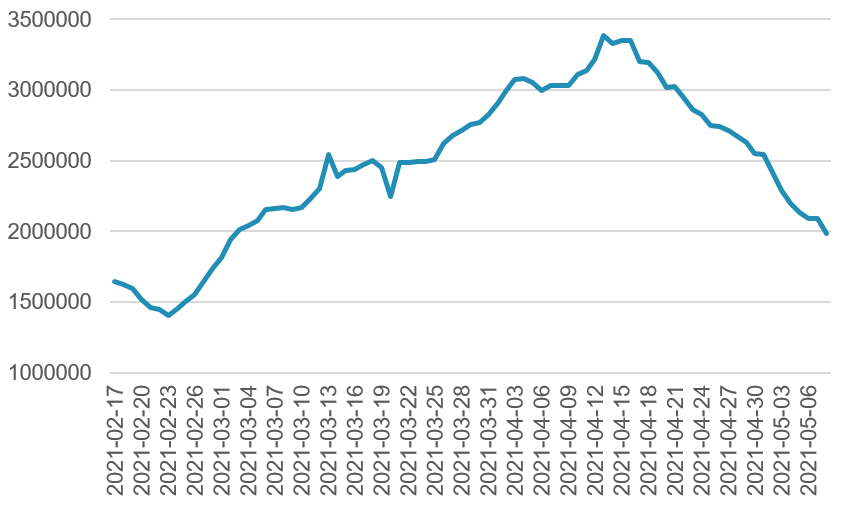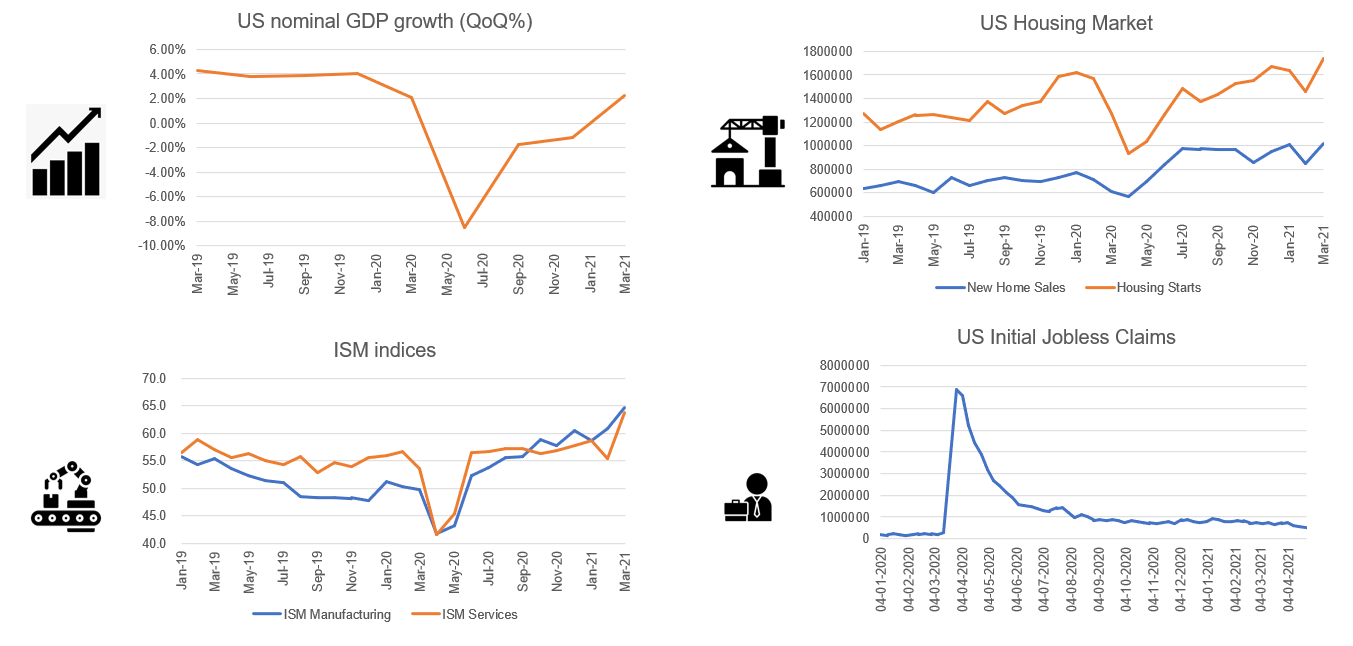Will Slowing Vaccination Rate put the Brakes on the US Economic Recovery?
Published on 18 May, 2021

The COVID-19 pandemic sent the US economy reeling in 2020. The US economy went into recession and the country had to face staggering unemployment. A rapid vaccination drive and multiple fiscal stimuli of over USD5 trillion is expected to help the country recover. However, the rate of vaccination in the US has slowed down, even as several US states rolled back restrictions put in place to contain the spread of the pandemic. Even post vaccination, the full resumption of economic activity may not be immediate. Several headwinds will likely line up, including inflation, rising Treasury yields, and red-hot markets. The slowdown in vaccination rate could put another hurdle in the US economic recovery, especially if cases surge and restrictions need to be reimposed.
The pandemic, which hit the world in 2020, led to a humanitarian as well as economic crisis. Countries worldwide went into recession due to forced lockdowns and sealed borders. As businesses suffered, even developed economies, such as the US, were dealt a severe blow. The damage to the corporate sector had a domino effect, as unemployment rose and further pushed the economy downhill.
In response, countries across the world joined the race to develop viable vaccines to combat the pandemic. In 2021, three vaccines were developed and approved in the US. The country initially undertook a rapid vaccination drive, and citizens are currently being vaccinated in high numbers. The government is hopeful that the vaccination would help revive regular life and the economy would bounce back.
Vaccination was initiated in the US in December 2020. By April 2021, almost 245 million doses were administered, fully vaccinating 31.6%, i.e., over 104 million people of the US population. This put US among the top nations around the world in terms of percentage of population vaccinated.
Figure-1 US among top countries in terms of percentage of population vaccinated

Source: Our World in Data
However, the vaccination rate is now dropping, owing to hesitation among sections of the population to get vaccinated. While almost 3 million people were being vaccinated on a daily basis till April 2021, the number is currently as low as 2 million and falling. This would prolong the government’s target to vaccinate the entire population soon.
Figure 2 – US Daily Vaccinations

Source: Our World in Data
The initial vaccination drive acted as an indirect stimulus for the economy by encouraging local governments to lift restrictions on movement; this has been complemented by President Biden’s USD1.9 trillion American Rescue Plan. The stimulus package is being spent on vaccine distribution and virus testing, as well as enhancing medical facilities. Moreover, the package would help small businesses get back on their feet and recover from the pandemic. This is the sixth federal rescue package announced since the outbreak, and more may be on their way.
The stimulus spending is making its way to those who need assistance. Furthermore, households with excess personal savings and pent-up demand from the pandemic are ready to spend, while B2B spending is also on the rise. This is evident from the sharp uptick in consumer spending, which could lead to a major hiring boom.
The US Federal Reserve increased its estimate of US GDP growth to 6.5% in March 2021 from 4.2% in December 2020. This sharp growth (exceeding even that of China) has the potential to spill over to the trading partners of the US, including Mexico, China, and Canada, though the rebound will differ from country to country.
US Economic Recovery

Source: US Labour Bureau, US Federal Reserve, Institute of Supply Management (ISM), US Census Bureau
Though the outlook appears positive, some hurdles need to be crossed before the economy can make a complete recovery. While equity markets are stable and doing well, challenges exist in other areas:
- Inflation is expected to rise in 2021 due to a combination of factors (rising commodity prices, ultra-loose monetary policy, direct stimulus checks in hands of citizens, low base effect)
- Treasury yields are rising due to expected inflation.
- Asset prices are already high. The waning pandemic has led to the surge in equity, bond (especially high-yield segments), commodities, and housing markets. As valuations increase at a rapid pace, these markets would peak and crash, negatively impacting the economy.
With the vaccine drive ongoing and recovery from the pandemic in sight, the outlook for the US economy is positive for now. However, the slowdown in vaccination rate could put a spanner in the works, and the US economy may not recover quickly as expected. Moreover, the country needs to be ready to handle runaway inflation and ballooning asset prices by passing relevant policies as soon as possible. If not prepared, the rising economy could face obstacles and decline.

